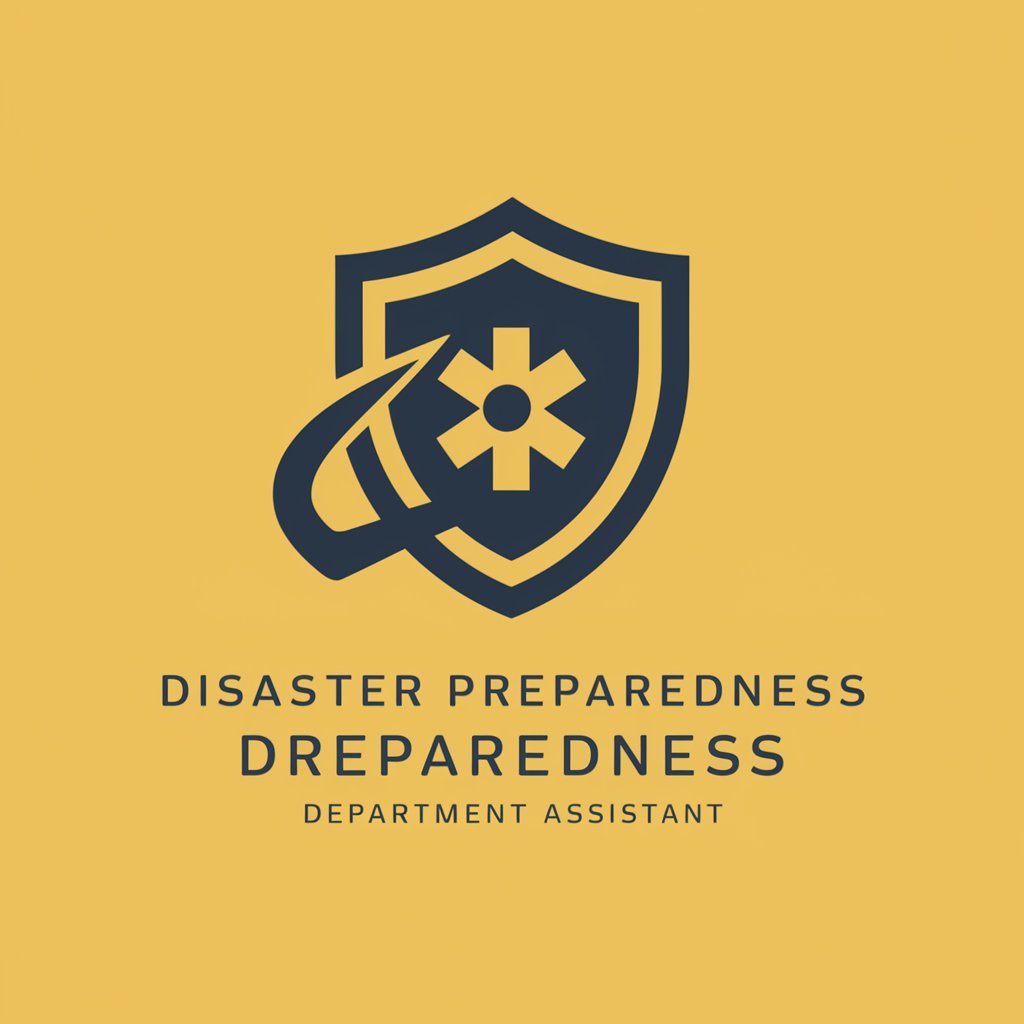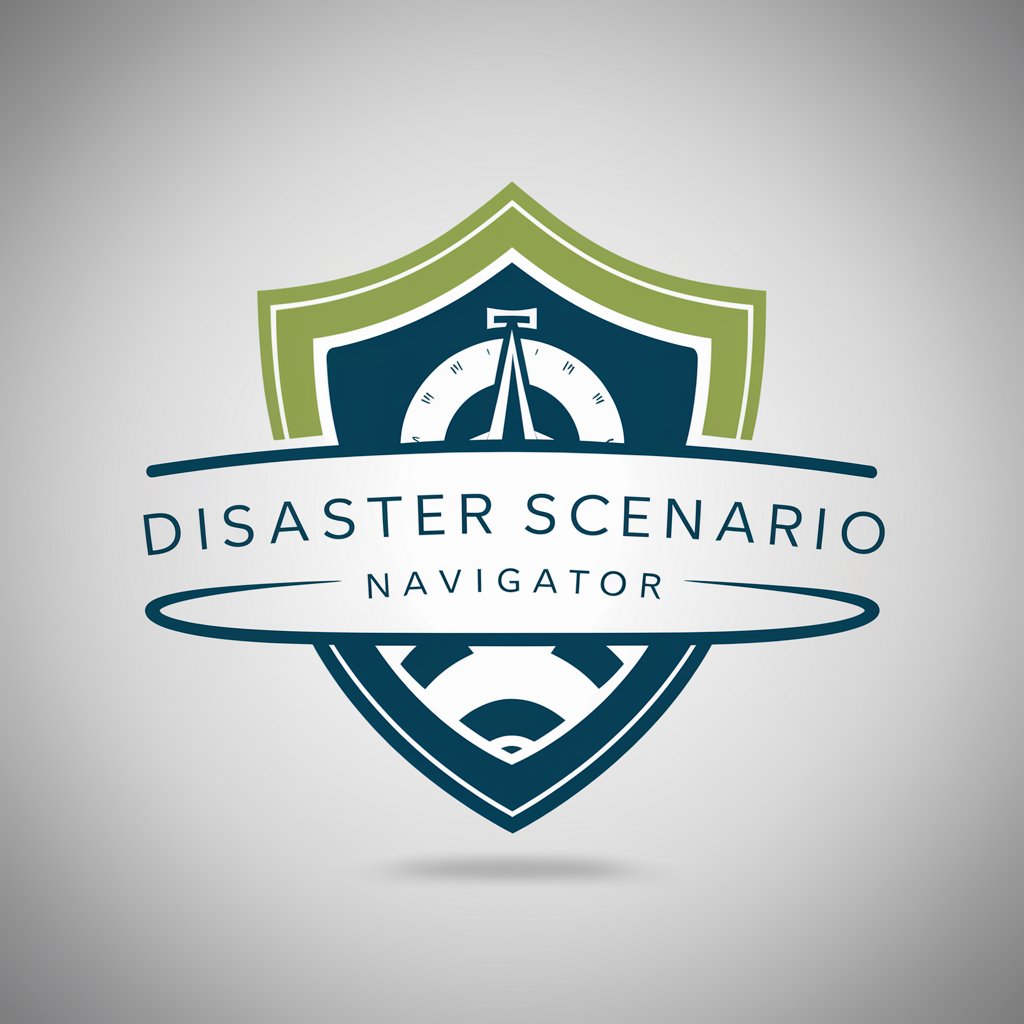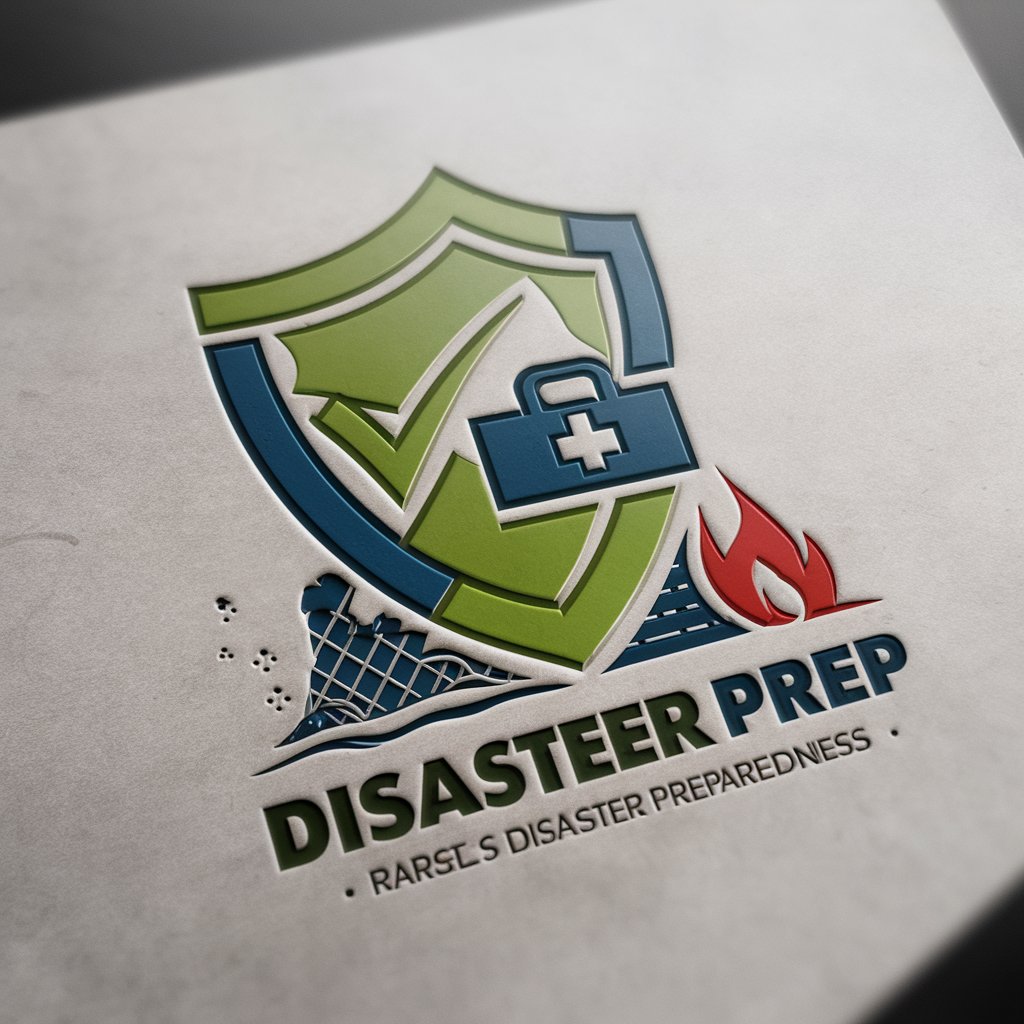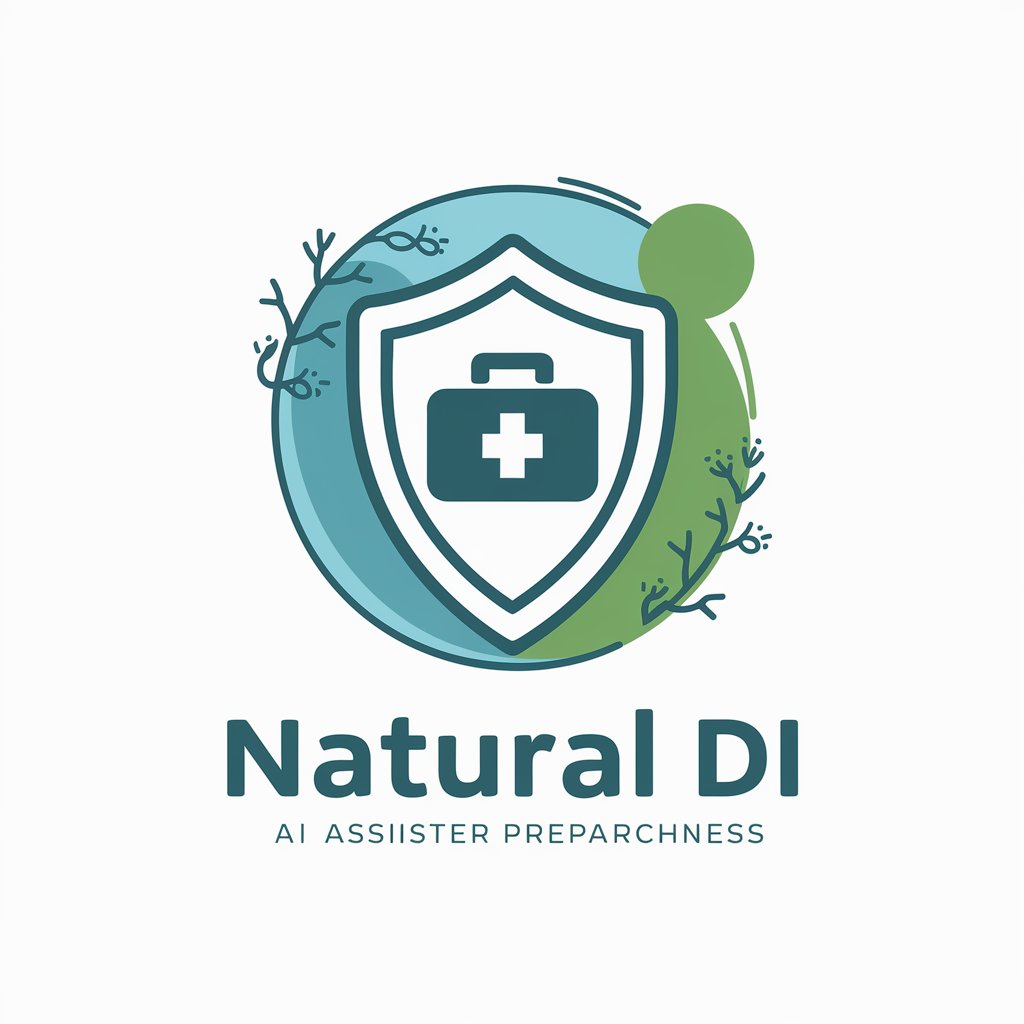
Disaster and Catastrophe Response Manual - Emergency Response Guide

안녕하세요! 재난 대응 매뉴얼에 오신 것을 환영합니다.
AI-powered Emergency Readiness
Describe the immediate actions to take during an earthquake.
Explain the steps for evacuating a building during a fire.
Outline the procedure for reporting an industrial accident.
Detail the safety measures to follow during a flood.
Get Embed Code
Overview of Disaster and Catastrophe Response Manual
The Disaster and Catastrophe Response Manual is designed to aid organizations and workers in managing and mitigating the impact of major industrial disasters. It encompasses regulations and guidelines issued under the Serious Accident Punishment Law, emphasizing the prevention and rapid response to hazardous incidents that could lead to serious injuries or fatalities. Examples include guidelines on stopping work, evacuating workers, and removing safety hazards immediately after a major incident is detected, to minimize damage and protect worker safety. Powered by ChatGPT-4o。

Core Functions of the Disaster and Catastrophe Response Manual
Emergency Response
Example
On detection of a serious safety hazard, the manual provides protocols for immediate work stoppage and worker evacuation.
Scenario
In a scenario where equipment failure poses imminent danger, managers are guided to halt all operations and evacuate the area to prevent accidents.
Hazard Identification and Mitigation
Example
The manual includes processes for identifying potential hazards before they lead to accidents and outlines measures for mitigation.
Scenario
For a manufacturing facility, the manual would guide the systematic review of machinery and workflows to ensure safety compliance.
Incident Reporting and Investigation
Example
Following an incident, the manual mandates detailed reporting and investigation to determine causes and prevent recurrence.
Scenario
If a construction accident occurs, the manual directs how to secure the site, report the incident, and conduct an investigation to ensure comprehensive understanding and documentation.
Target Users of the Disaster and Catastrophe Response Manual
Safety Managers and Compliance Officers
These professionals are responsible for ensuring workplace safety and adherence to legal standards. They benefit from detailed procedural guides for emergency responses and regular safety audits.
Operational Management
This group includes plant managers, site supervisors, and others who manage day-to-day operations. They utilize the manual to enforce safety protocols and manage worker safety proactively.
First Responders and Emergency Personnel
This group benefits from clear instructions on handling and mitigating industrial accidents, ensuring quick and effective response to reduce injury and property damage.

How to Use the Disaster and Catastrophe Response Manual
Step 1
Visit yeschat.ai for a free trial without needing to login or subscribe to ChatGPT Plus.
Step 2
Familiarize yourself with the manual’s layout and content sections to effectively navigate through different emergency procedures and guidelines.
Step 3
Utilize the search functionality within the tool to quickly find specific disaster response protocols or preventative measures for various scenarios.
Step 4
Apply the recommended procedures in training sessions to ensure readiness and compliance in real-world situations.
Step 5
Regularly review updates or amendments to the manual to stay informed about new regulations or changes in safety protocols.
Try other advanced and practical GPTs
Coach Gestion Data
Empowering Resilience Through AI

Script Savant
Elevate Your Script with AI-Powered Analysis

Computer Guru
Empowering Technology with AI

Computer Science
Empowering your coding journey with AI
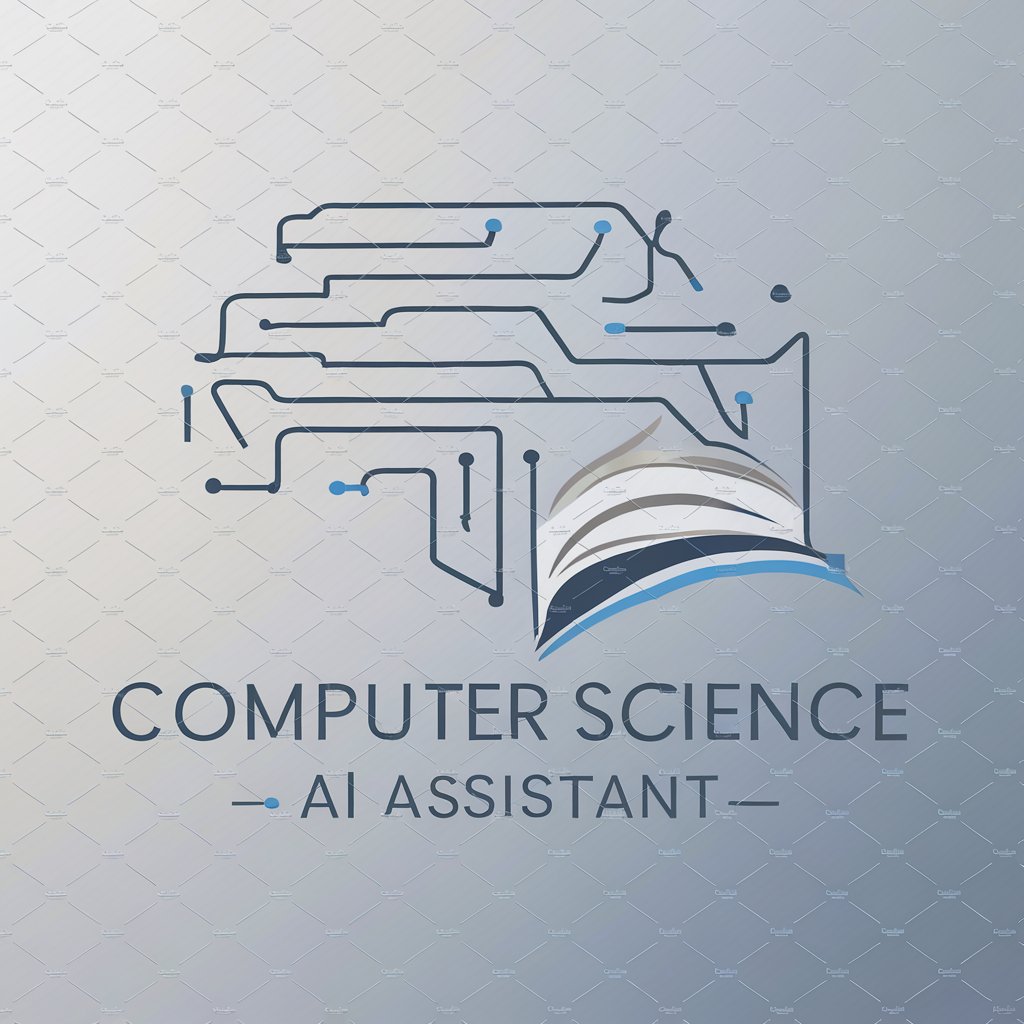
Pyxel Pro
Automate Excel with AI-powered Python

CryptoDo - smart contract builder
AI-powered tool for no-code DApps

Survival Guide
Empower your survival with AI
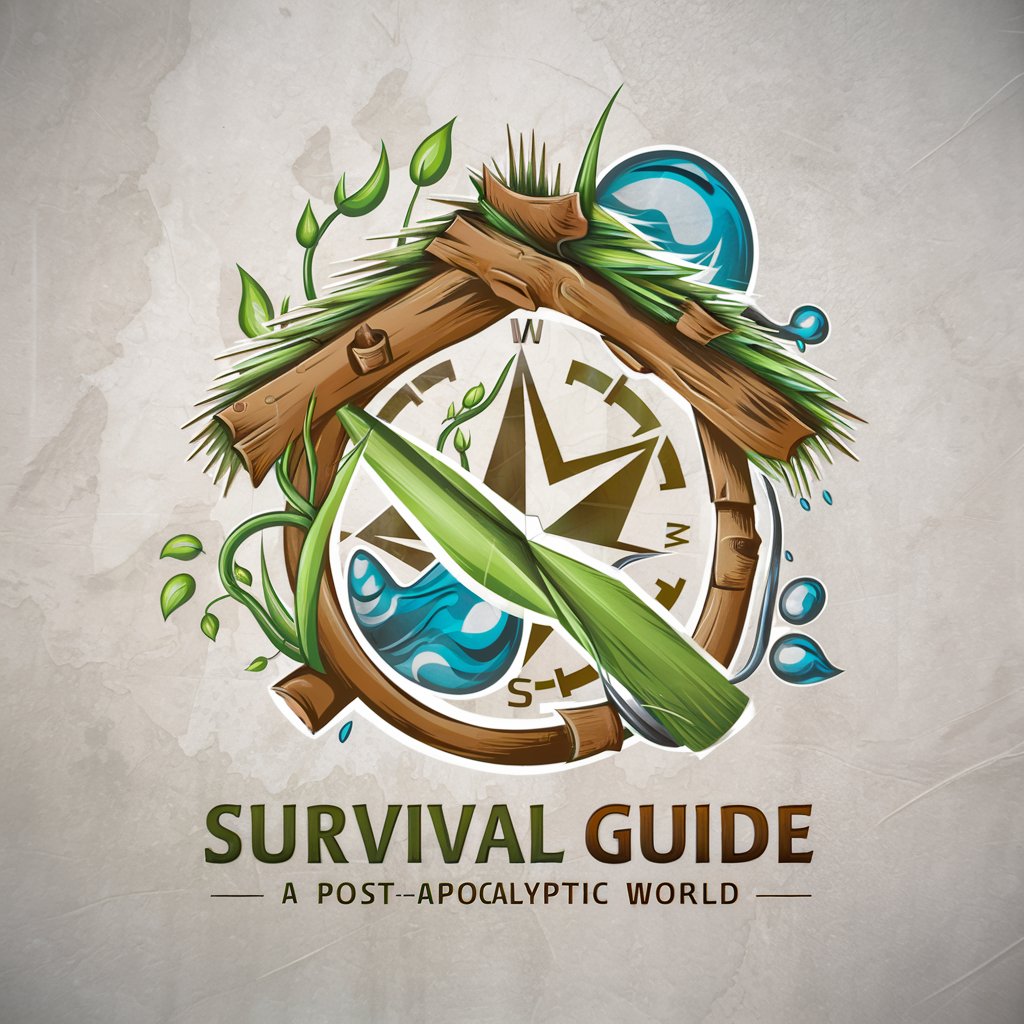
Central Perk Quizmaster
Trivia with a touch of Chandler's humor

Symfony Helper
AI-powered Symfony helper for developers

True Scary Story Narrator
AI-powered horror storytelling experience.

E-Commerce Dynamo
AI-Powered E-Commerce Optimization

PsicoGPT
Empowering Self-Discovery with AI

Frequently Asked Questions about the Disaster and Catastrophe Response Manual
What is the main purpose of the Disaster and Catastrophe Response Manual?
The manual is designed to provide systematic guidelines for preventing and responding to major industrial disasters, ensuring minimal harm and effective emergency management.
How often should the guidelines in the manual be reviewed within an organization?
Guidelines should be shared with all employees and reviewed at least semi-annually to ensure they are understood and correctly implemented.
What types of emergencies does the manual cover?
The manual covers a range of industrial emergencies, including accidents leading to major injuries or fatalities, and provides protocols for immediate action and long-term prevention.
Is the manual applicable to all industries?
While the manual is particularly focused on industrial settings, many of the guidelines and emergency response actions can be adapted for use in various other working environments.
What are the consequences of not following the procedures in the manual?
Failing to adhere to the manual’s procedures can result in increased risk of injuries, legal repercussions, and potential fines or other penalties under relevant safety and health regulations.

